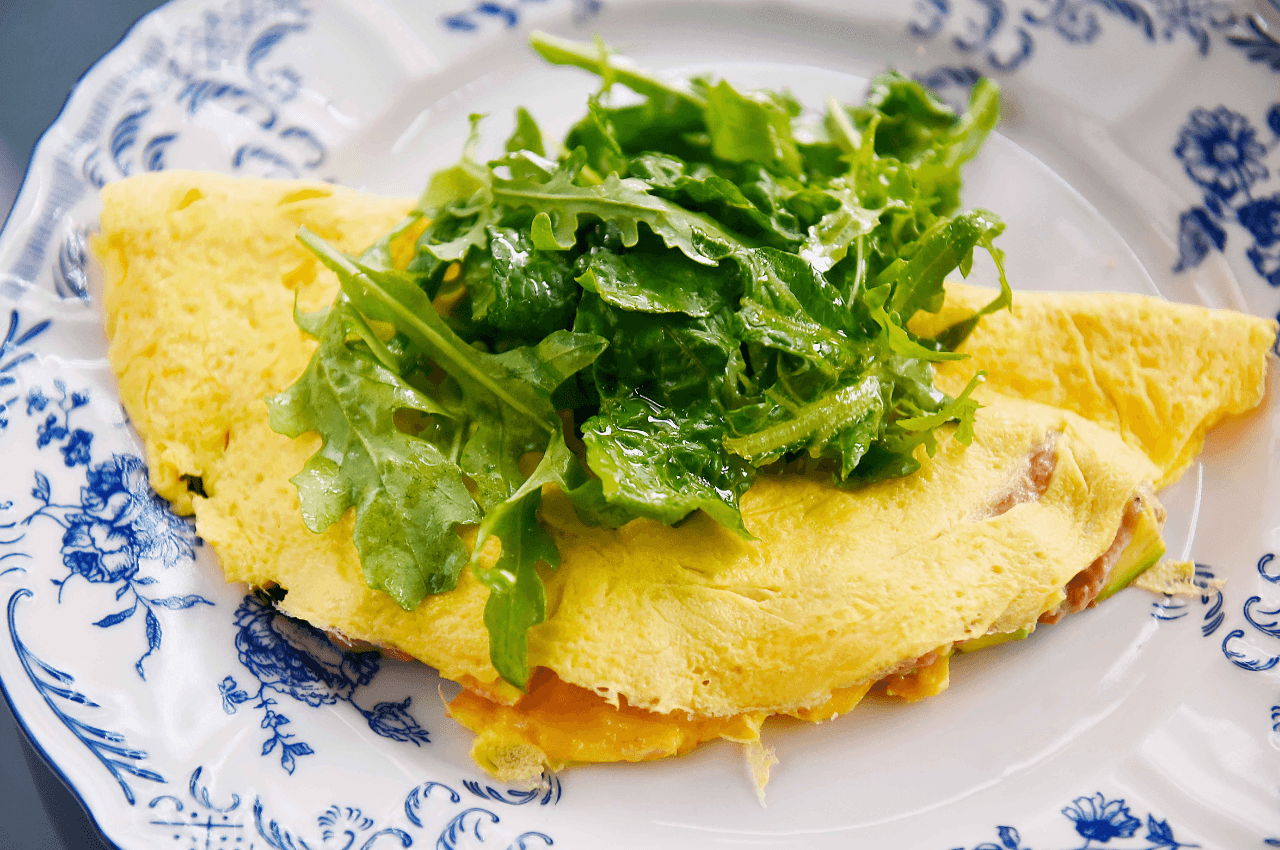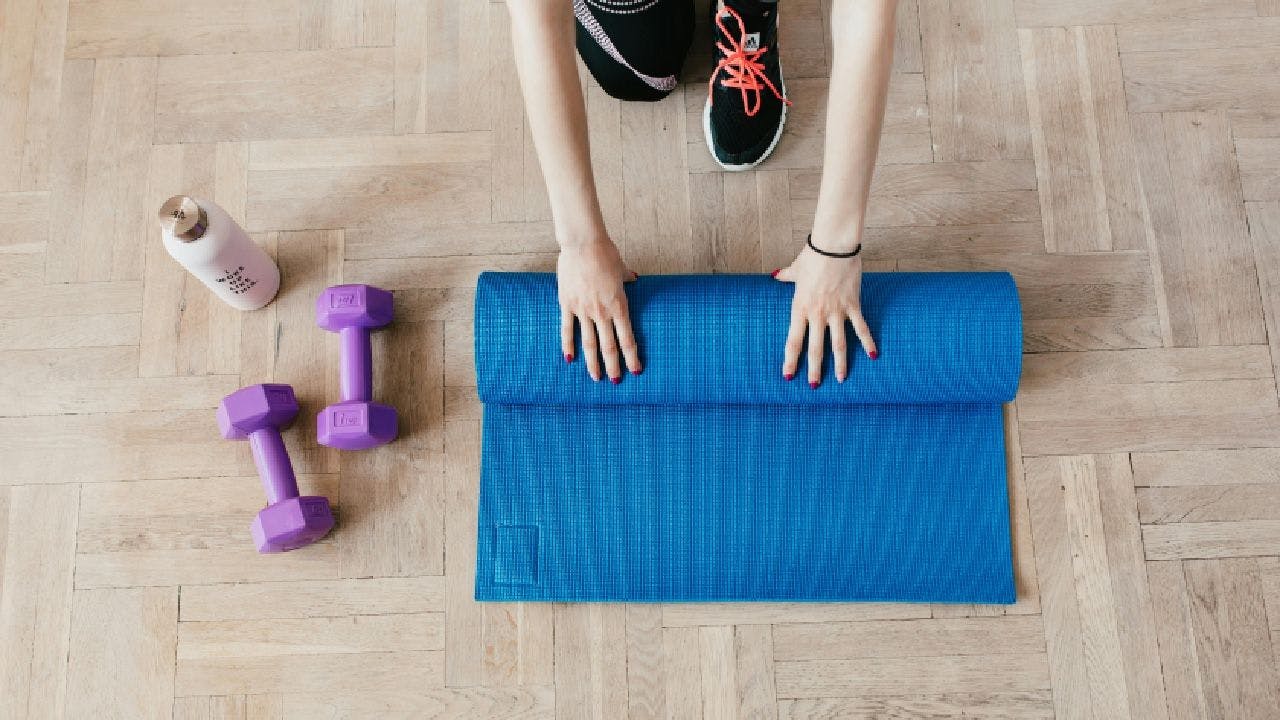Regaining Core Strength Postpartum
•Fitness

Share
If you’re a mum, you’ve no doubt noticed a change in core strength postpartum. It can be disheartening to lose even the slightest of strength after having a baby because with a newborn at home, how can you possibly focus on yourself?
Remember, your wellness is just as important as that of your baby's, and rebuilding core strength is essential for your overall health. Let us explain exactly why it happens and what you can do about it!
What Causes Core Weakness?
Some of the blame can be placed on delivery – if you think about it, giving birth has got to be one of the most intense core training exercises in existence! A large contributor to the weakened core is the physiological changes you go through while carrying the baby.
As the baby grows, it’s not only stretching the skin, but also the abdominal muscles, often leading to something called ‘diastasis recti’ where the rectus abdomis muscles or “six-pack ab muscles” separate!
Alongside this, the pelvic floor muscles, which support the core, become weakened from bearing the weight of the baby. Hormonal changes can also cause ligaments to become more lax, furthering compromised core stability.
So, what can we do about it?
Gentle Exercises
You need a gradual approach. Before starting any form of exercise postnatal you need to consult with your healthcare provider. Generally, it’s recommended you wait until you’ve had your 6-week postnatal check to get the all-clear from your doctor.
Focus on low-impact, gentle exercises that target the pelvic floor.
Deep Breathing: Also known as diaphragmatic breathing, can help re-engage the core muscles. All it requires is breathing deeply into your diaphragm, allowing your abdomen to rise and fall naturally.
Kegels: These are essential in rebuilding strength in the pelvic region. Engage your core by lifting, holding and then relaxing your pelvic floor muscles.
Pelvic Tilts: These exercises involve lying on your back with your knees bent, gently tilting your pelvis upward, engaging the lower abdominal muscles and lowering back down.
Bridges: On your back, with your legs bent and feet flat on the floor, lift your hips off the ground while keeping your shoulders grounded; this targets both the glutes and lower back muscles alongside the core.
Functional Movements
Functional movements that mimic basic daily activities can help rebuild core strength gradually.
Squats: Mimic the action of sitting down and standing up. This will help strengthen the legs, glutes and core.
Lunges: These will enhance balance and coordination while engaging leg muscles and promoting core stability.
Modified Planks: Perform these exercises on your knees and gradually progress to full versions as your strength improves.
Medicine Ball Throws: Hold the ball straight overhead with your arms extended and throw the ball down between your feet with as much force as you can. These exercises will improve strength and coordination, engaging the core, shoulders and arms.
As you build strength, gradually increase the intensity and duration of your workouts. Always listen to your body and avoid any activity that causes pain and discomfort.
Having a baby doesn’t mean your core strength is gone forever! Patience and consistency are key.






